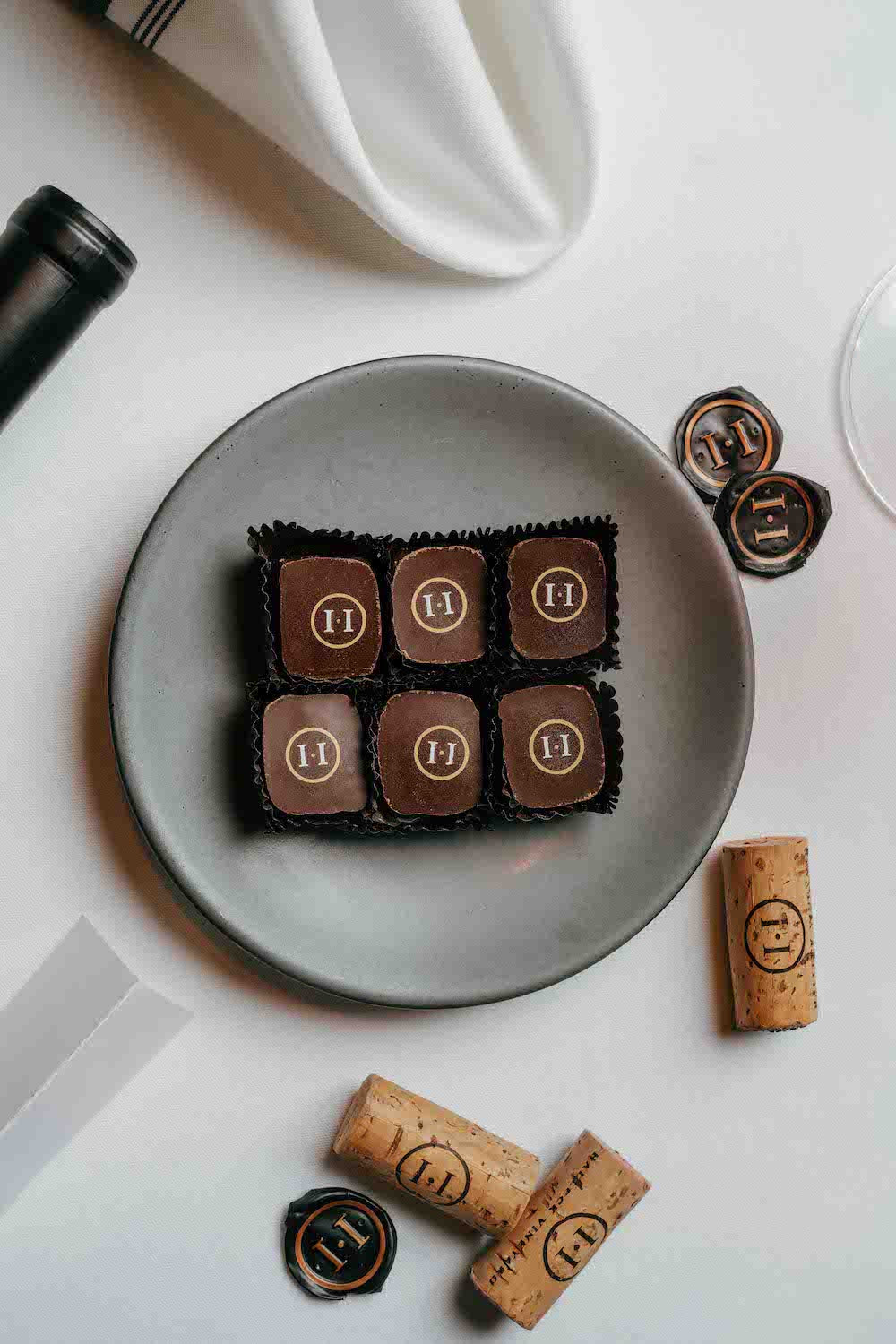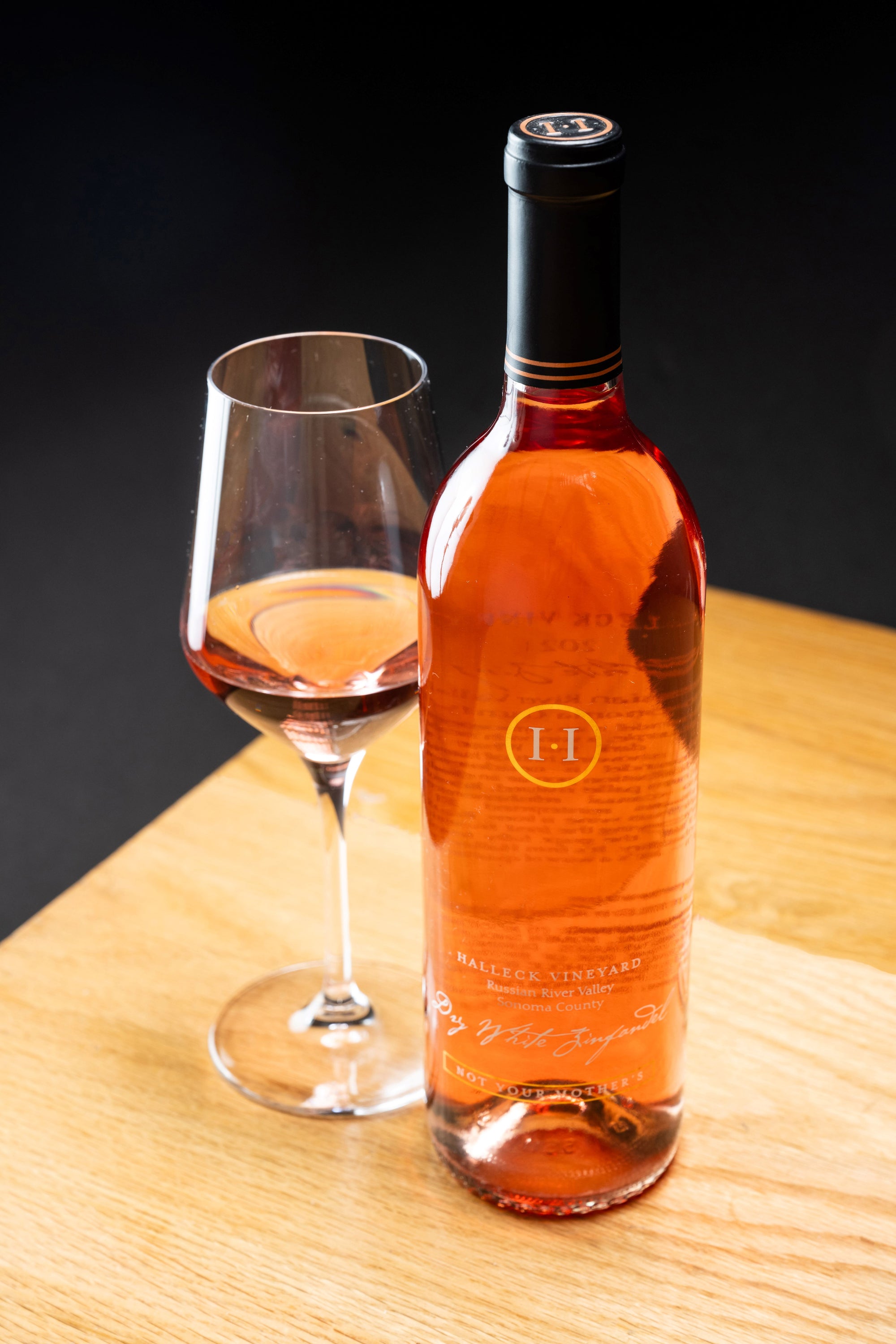Explore top Vineyards in Sebastopol for Amazing Wine Tasting Experiences
Understanding the nuanced vocabulary related to winery wine tasting is essential for both novices and seasoned connoisseurs alike. Every term brings to life the experience of tasting wine and might enhance one’s appreciation of the various intricacies concerned. Wine tasting is more than simply ingesting; it is an art that involves numerous senses and emotions.
To begin with, the term "nostril" refers again to the aromas one detects when smelling the wine. This is an important step because the bouquet units the stage for the tasting experience. Notes of fruit, spice, earth, and wood could mingle, offering a glimpse of what the palate would possibly verify. Understanding "nosing" the wine can dramatically elevate one's sensory journey.
One Other key facet is the term "physique." The physique of the wine describes its weight and fullness on the palate. A full-bodied wine has a strong presence and tends to linger longer after swallowing. Conversely, light-bodied wines might feel more delicate and refreshing. Recognizing the body helps tasters assess the wine's structure and stability.
Wine Enthusiast's Guide to Tasting the Wines of Sonoma
The concept of "tannins" is important in pink wine tasting. Tannins are compounds derived from grape skins, seeds, and stems, contributing to a wine's texture and getting older potential. Excessive tannin wines typically lead to a dry mouthfeel, whereas decrease tannin levels yield a smoother experience. This distinction is especially necessary when pairing wines with food, as tannins can either complement or clash with sure dishes.
In addition to tannins, "acidity" performs a big function in the wine tasting experience. Acidity provides wine its crispness and liveliness - Attend Gourmet Experiences in Sebastopol. Wines with higher acidity are usually refreshing and energizing, making them excellent companions for a selection of foods. Recognizing acidity can drastically enhance one’s food-pairing capabilities and overall tasting enjoyment.
When delving into the flavor profile of a wine, one might encounter the term "end." The finish refers to the aftertaste that lingers in the mouth after swallowing. A long end is usually associated with high-quality wines, because it signifies complexity and depth. A quick finish could suggest a simpler wine. Knowing tips on how to consider the finish can reveal much a few wine's character.
Exploring the "vintage" can be integral to wine tasting terminology. The vintage denotes the yr during which the grapes had been harvested. Different years can yield vastly totally different results because of variations in local weather conditions. For instance, a scorching summer season can produce more concentrated flavors, whereas a cooler 12 months might yield more delicate, nuanced wines. Understanding vintage permits for a deeper appreciation of a wine’s origin and potential.
Savor Exclusive Wines from Sonoma Valley 95433
The term "terroir" encompasses the geographical and environmental elements that contribute to a wine's unique character. Components similar to soil type, local weather, elevation, and topography all play a task in the flavor and high quality of the wine. This connection to place helps one perceive why wines from different regions can style so distinctively different, even when created from the same grape selection (Reserve Your Spot for Unforgettable Wine Tours in Sonoma).

When engaging with wines, the phrase "leg" refers back to the droplets that kind on the within of the glass after swirling. These droplets can point out the wine's alcohol content and viscosity. While observing the legs might not instantly relate to the wine’s style, it adds to the overall experience and intrigue of wine tasting less clear.
Explore Small Wineries in Sonoma County 95461
A more specific term that may arise during tastings is "oak." The influence of oak barrels on wine can impart flavors similar to vanilla, toast, or spice. The diploma of oak getting older can vary widely among wines, affecting both aroma and taste. Understanding oak remedy offers insights into read here the winemaker’s selections and the ensuing complexity of the wine.
In wine tasting, one may also hear the term "palate." The palate refers to the total style experience in the mouth. This encompasses sweetness, bitterness, acidity, and physique. A well-balanced palate is important for a harmonious tasting experience, and recognizing any imbalances helps assess the standard of the wine.
The experience of wine tasting is significantly enriched by understanding the terminology that accompanies it. Every term serves a objective, enhancing the power to convey ideas and emotions concerning the wine one's experiencing. This vocabulary bridges communication between tasters, sommeliers, and winemakers alike.
To absolutely take pleasure in wine tasting, it's essential to engage all senses. The sight of the wine, its color, and readability can present perception into its age and quality. Swirling the wine releases aromas that heighten the olfactory experience, while the actual tasting permits for a whole analysis of the wine's profile.
Wine Trails Through Sebastopol : The Best Routes for Tasting
In conclusion, understanding the detailed clarification of winery wine tasting terminology significantly enhances the experience of tasting. Every term invitations the taster to engage more deeply with the wine, encouraging connections to the senses, the winemakers, and the lands where the grapes are grown. This nuanced vocabulary creates a richer, more fulfilling wine tasting experience.
- Aroma refers to the scents launched by the wine, which can indicate its grape variety and influence the tasting experience.
- Tannins are natural compounds present in grape skins, seeds, and stems, contributing to the wine's construction and getting older potential.
- A end, or aftertaste, is the lingering flavor sensation that remains on the palate after swallowing, often a key indicator of quality.
- Body describes the load and fullness of wine within the mouth, usually categorized as light, medium, or full-bodied.
- Terroir denotes the distinctive environmental traits of a winery that affect the style and high quality of the wine, together with soil sort and local weather.
- Acidity is a crucial element that contributes to a wine's freshness and stability, impacting its getting older functionality and total flavor profile.
- Vintage signifies the yr grapes have been harvested and performs a major function in figuring out the wine's traits, reflecting specific climatic conditions.
- Decanting involves pouring wine from its bottle into another vessel, allowing it to aerate and enhancing its flavors and aromas.
- A corked wine may be tainted by a faulty cork, leading to musty or off-putting flavors that detract from the wine's supposed profile.
- The term “legs” refers back to the droplets that cling to the inside of a glass after swirling, often associated with the wine's alcohol content and viscosity.undefinedWhat is the meaning of "nostril" in wine tasting?undefinedThe "nostril" refers again to the aroma profile of the wine, which is detected via the sense of odor. It's an essential aspect of wine tasting, as aromas can reveal so much in regards to the grape selection, winemaking process, and aging.
How ought to I correctly taste wine?undefinedTo taste wine effectively, observe these steps: observe the colour, swirl the wine to aerate it, take a gentle sniff to capture the aromas, sip and let it coat your palate, and at last, note the end. This approach helps in appreciating the wine’s complexity.
What are "tannins" and the way do they affect wine?undefinedTannins are pure compounds present in grape skins, seeds, and stems that contribute to a wine's structure and astringency. They can create a drying sensation within the mouth, and so they also play a task within the wine's getting older potential.
Enjoy the Flavors of Estate Pinot Noir and Chardonnay in The Russian River Valley
What does the term "steadiness" imply in wine tasting?undefinedBalance refers again to the harmony between the completely different elements of a wine, such as acidity, sweetness, alcohol, tannin, and flavor depth. A well-balanced wine will have every of these components supporting one another somewhat than overpowering the others.
What is the significance of "terroir" in wine tasting?undefinedTerroir encompasses the environmental factors—such as soil, local weather, and geography—that influence the traits of the wine produced in a specific area. Understanding terroir helps tasters respect the distinctive qualities that completely different regions impart to their wines.
What does "vintage" imply and why is it important?undefined"Vintage" indicates the yr when the grapes were harvested. It is essential as a end result of it impacts the wine’s quality and traits, as weather circumstances in the course of the growing season can considerably influence flavor profiles and aromatics.
What are "legs" and what do they signify?undefined"Legs" check with the droplets that kind and run down important source the inside of a glass after swirling wine. Whereas they can point out alcohol content material and viscosity, they do not decide quality—this is extra about personal perception of richness.
Top Wine from Sebastopol Wineries You Shouldn't Miss

What does "full-bodied" mean versus "light-bodied"?undefined"Full-bodied" wines are wealthy, dense, and sometimes have higher alcohol content material and sophisticated flavor profiles, while "light-bodied" wines are extra delicate and refreshing with a lower alcohol content material. This distinction helps tasters perceive the expected weight and mouthfeel of the wine.
How can I establish fruit flavors in wine?undefinedTo determine fruit flavors, consider the aroma and style profiles. Swirl the wine, inhale deeply to capture the bouquet, and give consideration to specific characteristics. Familiarity with typical fruit profiles of varied grape varieties can enhance this identification course of.
What is "finish" in wine tasting?undefinedThe "end" refers back to the aftertaste that lingers within the mouth after swallowing. A long, advanced finish is often an indication of quality in a wine, because it reflects the depth of flavor and total craftsmanship in the winemaking course of.